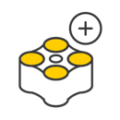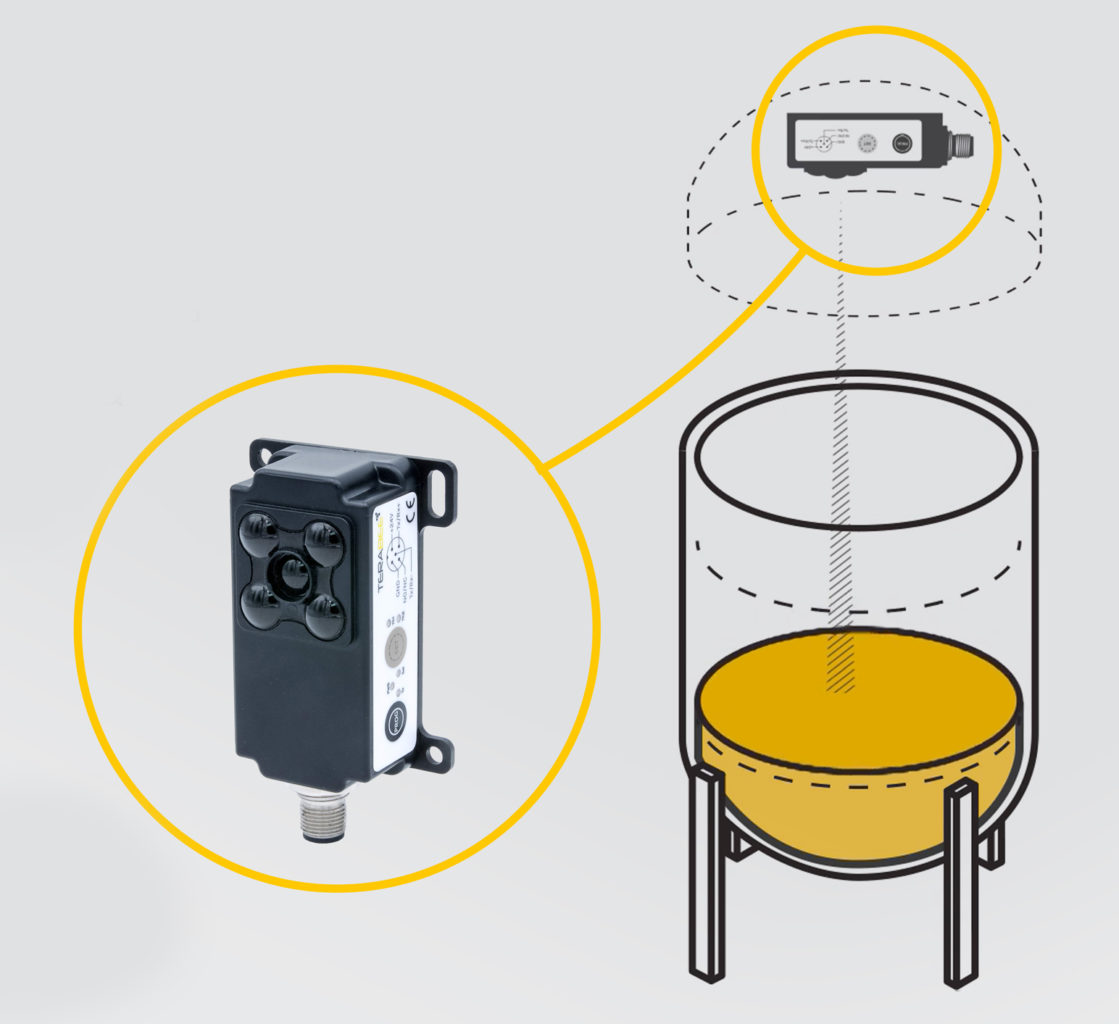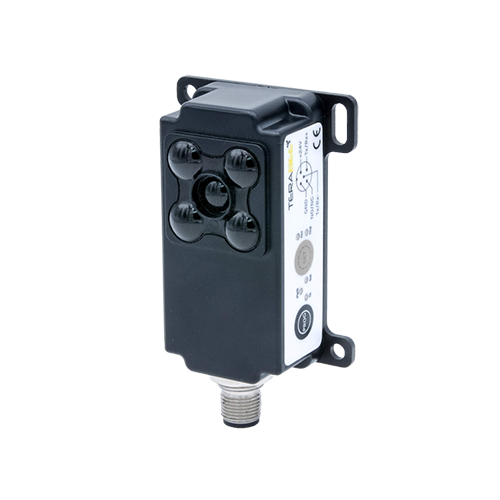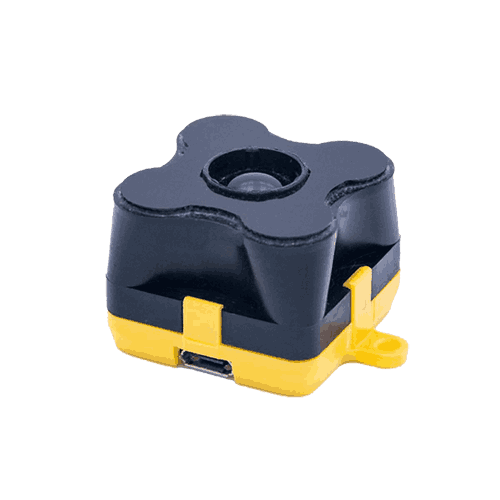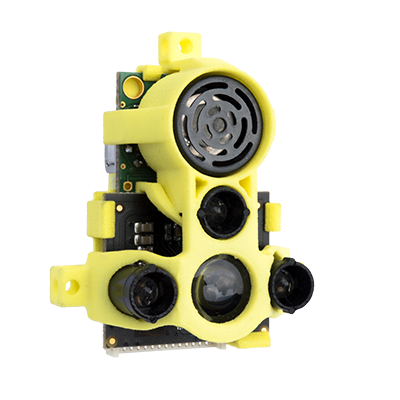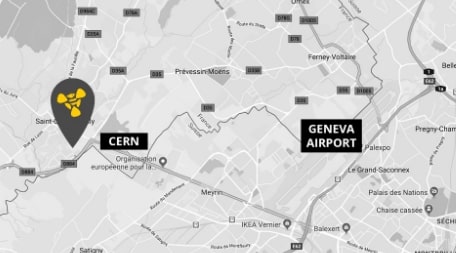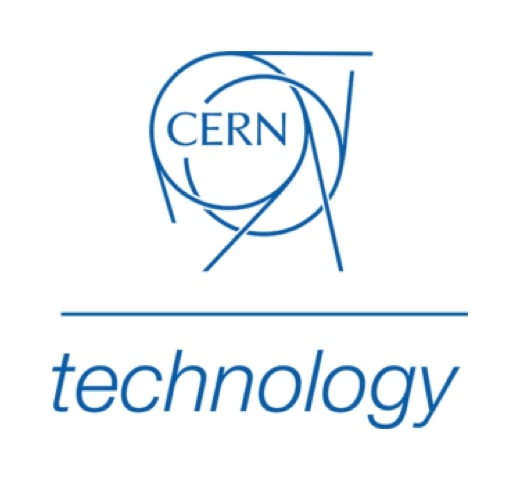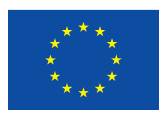Applications - Level measurement - Level monitoring - Technology insights
Level Measurement Devices: Detecting Transparent Surfaces
Although level measurement devices have advanced considerably in recent decades, one enduring pain point is the difficulty associated with detecting transparent surfaces. Optical level measurement technologies are particularly prone to inhibited performance under such conditions. Consequently, many would-be users believe that detecting transparent surfaces is inordinately difficult using conventional level measurement devices.
At Tredecile, we are often asked whether our optical level measurement devices can detect tricky, transparent surfaces like glass and water. While there are considerations that users must bear in mind, our time-of-flight level measurement devices provide reliable surface detection, even if that surface is transparent to electromagnetic radiation. In this blog post, we aim to outline why detecting transparent surfaces seems so difficult, and how Tredecile time-of-flight level measurement devices consistently rise to the challenge.
Why are Transparent Surfaces Hard to Detect?
Transparency defines materials that allow light to pass through them with different degrees of absorption, transmission, and reflection. For an ideal, fully transparent material, both absorption and reflection should equal 0% and transmission 100%. This is fundamentally problematic for light-based level measurement devices, which use electromagnetic signals to calculate the distance between a signal origin and an obstacle. However, the response of matter, transparent or otherwise, to electromagnetic radiation varies greatly as a function of its wavelength.
Transparent surfaces are mainly difficult to detect using optical level measurement devices operating in the visible spectral range; roughly 380 – 740 nanometres (nm). Radiation on the ultraviolet (~100 – 400 nm) and infrared (~740 – 1200 nm) spectrums are much more appropriate for detecting transparent surfaces, but using monochromatic signals within one of these wavelength bands is not a sure-fire solution either.
This means that for many transparent materials the choice of a particular sensing wavelength could lead to suboptimal results, that is low or undetectable signal return to the detector.
Transparent surfaces are mainly difficult to detect using optical level measurement devices operating in the visible spectral range; roughly 380 – 740 nanometres (nm). Radiation on the ultraviolet (~100 – 400 nm) and infrared (~740 – 1200 nm) spectrums are much more appropriate for detecting transparent surfaces, but using monochromatic signals within one of these wavelength bands is not a sure-fire solution either.
This means that for many transparent materials the choice of a particular sensing wavelength could lead to suboptimal results, that is low or undetectable signal return to the detector.
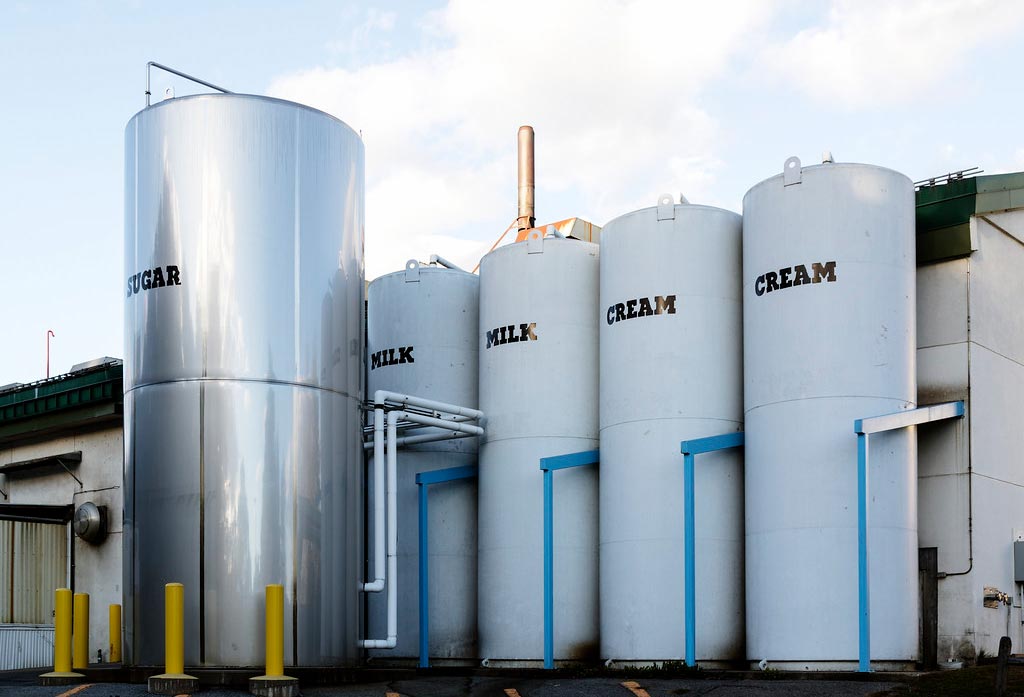
Level Measurement Sensing for Transparency
The first step in ensuring absolute reliability when detecting transparent surfaces with optical level measurement devices is ensuring the wavelength range is appropriate for the operating conditions. Infrared light-emitting diodes (LEDs) are increasingly used in level measurement applications due to the cost-efficiency and accuracy of the technology. Infrared is an extremely broad region that comprises several distinct bands: near-infrared (NIR), mid-infrared (MIR), and far-infrared (FIR). Each of these can interact with transparent materials differently.
Infrared wavelengths, for example, may transmit through glass just like visible wavelengths. So, while optimizing level measurement devices with the prime peak wavelength is key, it is important to provide redundancy measures for instances when infrared wavelengths are unsuitable.
The TeraRanger Duo from Tredecile is a hybrid sensor that comprises a high-precision infrared Time-of-Flight level measurement devices with ultrasound technology. This unique module has been tested in various conditions and with myriad different surfaces to guarantee reliable surface detection, even with challenging materials. Test results have demonstrated that infrared time-of-flight is largely suitable for detecting transparent glass surfaces, even in non-ideal operating conditions. Where the time-of-flight level measurement device fails to acquire an accurate reading, the ultrasound backup level measurement device provides a distance reading instead for increased reliability. If you are interested in the testing parameters that we used to demonstrate the robust capabilities of the TeraRanger Duo, the full whitepaper is available below:
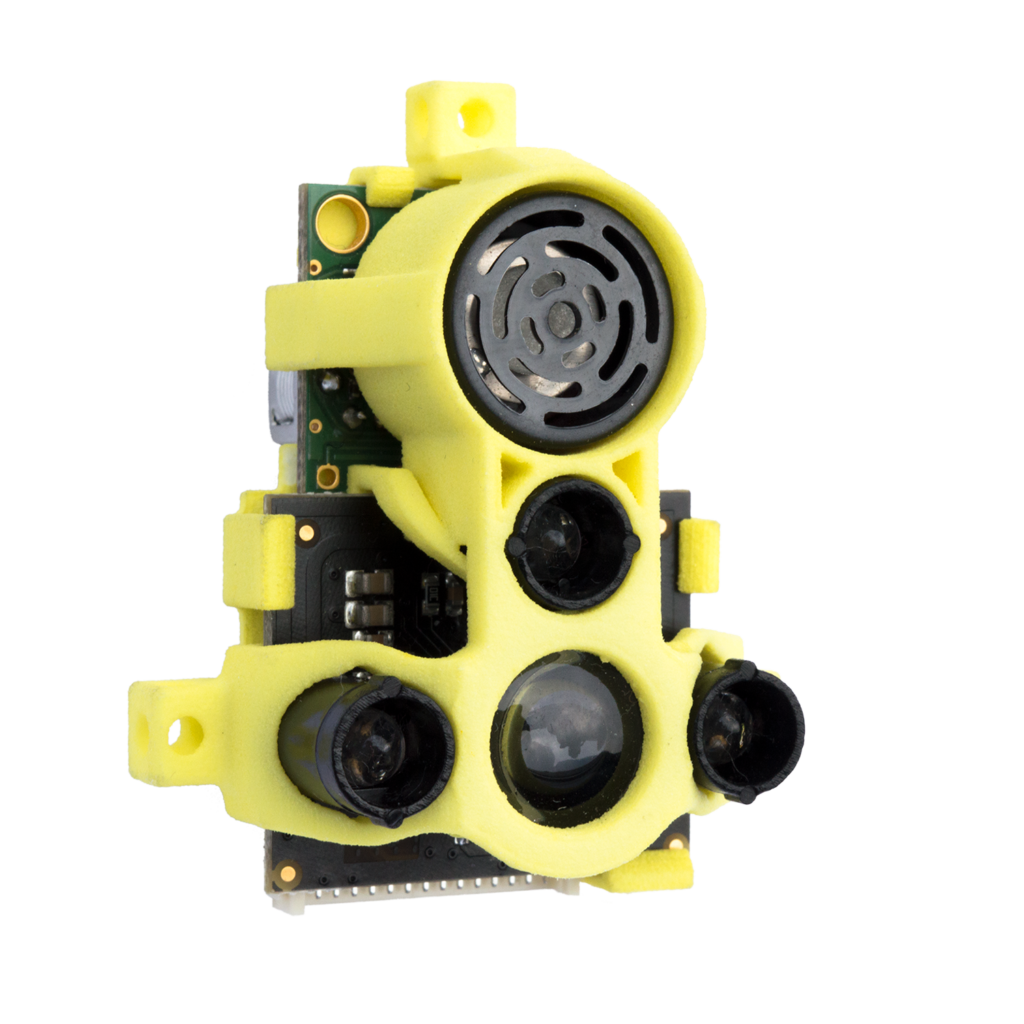
In fact, we are so confident in the performance of our infrared Time-of-Flight technology, that we put the TeraRanger Evo 3m level measurement device to the test over many different surfaces, including milk, without redundancy.
If you have any questions about detecting transparent surfaces with optical level measurement devices, or want to learn more about the capabilities of Tredecile products, simply contact a member of the team today.


